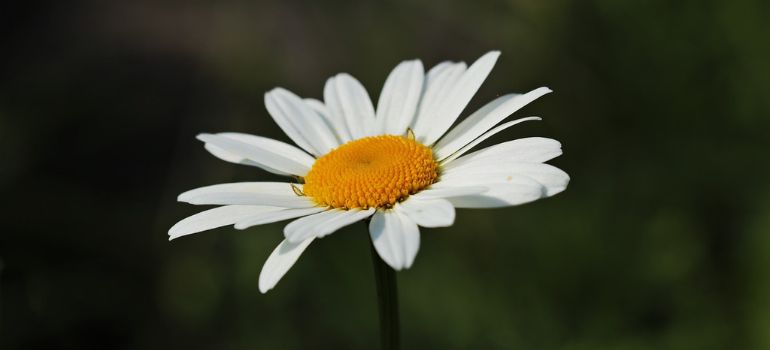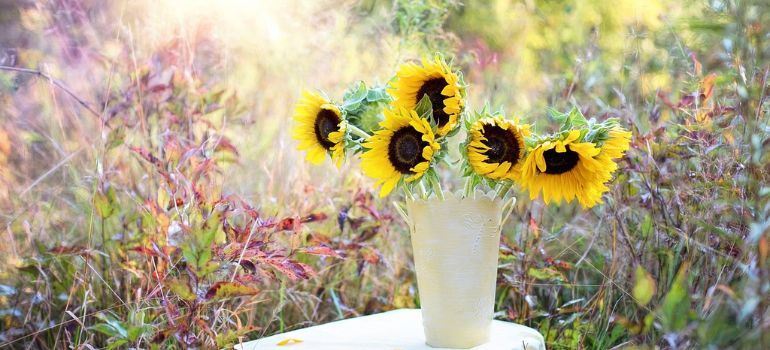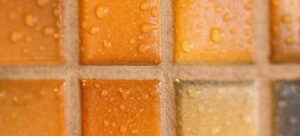In the vast world of flowers, two charming contenders often stand out in gardens, meadows, and floral arrangements: the sunflower and the daisy. These two popular blooms not only add a burst of color to our surroundings but also hold unique characteristics that set them apart. In this article, we will delve into the intriguing comparison of sunflowers and daisies, exploring their differences, symbolism, cultivation, and much more.
Introduction
The Beauty of Nature’s Palette
The world of flowers is a mesmerizing realm, offering a kaleidoscope of colors, shapes, and sizes. Among this vast array, sunflowers and daisies have earned their special place due to their captivating beauty and diverse uses.
Sunflowers – The Sunshine Beauties
Overview
Sunflowers (Helianthus annuus) are a symbol of warmth and positivity. Their vibrant yellow petals resemble the sun, radiating happiness and optimism.
Characteristics
1. Size and Structure
Sunflowers are known for their towering presence, with some varieties reaching up to 15 feet in height. Their stems are sturdy, supporting large, disk-shaped heads adorned with numerous tiny florets.
2. Color Variations
While yellow is the most common hue, sunflowers come in various shades, including red, orange, and even bi-colored options.
Symbolism
Sunflowers are often associated with adoration, loyalty, and longevity. They symbolize positivity and are given as gestures of admiration and encouragement.
Cultivation
1. Growing Conditions
Sunflowers thrive in full sunlight and well-draining soil. They are a favorite choice for gardeners due to their easy cultivation.
2. Uses
Aside from their ornamental value, sunflowers are cultivated for their edible seeds, which are a popular snack and a source of oil.
Daisies – The Innocent Charmers

Overview
Daisies (Bellis perennis) are delicate and innocent-looking flowers, commonly found in meadows and gardens. They exude a simple yet elegant charm.
Characteristics
1. Size and Structure
Daisies are smaller in size compared to sunflowers, usually growing to a height of 6-12 inches. Their classic appearance features white petals surrounding a vibrant yellow center.
2. Color Variations
While white daisies are the most common, some species exhibit pink or purple petals.
Symbolism
Daisies symbolize purity, innocence, and new beginnings. They are often used in wedding bouquets and represent the simplicity of love.
Cultivation
1. Growing Conditions
Daisies are resilient and can adapt to various growing conditions. They thrive in well-drained soil and prefer partial to full sunlight.
2. Uses
Apart from their decorative purpose, daisies have been used in traditional medicine for their mild medicinal properties.
The Battle of Beauty
Now that we’ve explored the individual characteristics of sunflowers and daisies, let’s dive into the fascinating world of comparisons.
1. Size and Presence
Sunflowers undoubtedly steal the show with their towering height, making them a prominent presence in any garden. Daisies, on the other hand, add a touch of delicacy and charm to the landscape.
2. Color Palette
While sunflowers come in a variety of colors, daisies are primarily known for their white petals. Sunflowers offer a broader spectrum of hues, making them more versatile for aesthetic choices.
3. Symbolic Significance
Sunflowers symbolize warmth and positivity, while daisies represent innocence and purity. The choice between the two may depend on the message you want to convey through your floral arrangement.
4. Ease of Cultivation
Sunflowers are relatively low-maintenance and thrive in sunny conditions, making them a preferred choice for novice gardeners. Daisies are equally adaptable but require less space and attention.
The Art of Floral Arrangements
5. Floral Arrangements
When it comes to creating stunning floral arrangements, both sunflowers and daisies have their own unique roles to play.
Sunflowers
Sunflowers are often used as the centerpiece in bouquets and arrangements. Their large, sunny heads draw immediate attention and add a cheerful, vibrant touch to any setting. Whether you’re creating a bouquet for a summer wedding or a brighten-up gift for a friend, sunflowers can be the star of the show.
Daisies
Daisies, with their delicate appearance, work wonderfully as fillers in bouquets and arrangements. They can complement larger blooms or add a touch of innocence and simplicity to your floral creations. Daisies’ versatility makes them a valuable addition to any floral design.
6. Seasonal Considerations
When deciding between sunflowers and daisies for your floral arrangements, consider the season. Sunflowers are typically associated with late summer and early fall due to their vibrant colors, while daisies can be found year-round. This factor can influence your choice based on the theme and feel you want to convey.
The Environmental Impact
7. Environmental Benefits
Both sunflowers and daisies contribute to the ecosystem in their own ways.
Sunflowers
Sunflowers attract pollinators like bees and butterflies with their nectar-rich florets. They also produce seeds that are a valuable food source for birds and wildlife. Planting sunflowers in your garden can help support local biodiversity.
Daisies
Daisies, being native wildflowers in many regions, are often used in wildflower meadows and conservation areas to support local pollinators. They require less water and care, making them a sustainable choice for eco-conscious gardeners.
Health and Well-being
8. The Health Connection
Beyond their aesthetic appeal, both sunflowers and daisies have potential health benefits.
Sunflowers
Sunflower oil, extracted from sunflower seeds, is a common cooking oil that is low in saturated fat and high in vitamin E. It can be a part of a heart-healthy diet when used in moderation.
Daisies
While not commonly consumed, daisies have been used in traditional herbal remedies. Some cultures believe that daisy extracts can have soothing effects on skin irritations and minor wounds.
Conclusion
In the sunflower vs. daisy showdown, both flowers bring their unique charm and appeal to the table. Whether you prefer the sunflower’s vibrant, towering presence or the daisy’s delicate innocence, these blooms have rightfully earned their place in our hearts and gardens.
So, the next time you’re planning your garden or selecting flowers for a special occasion, consider the distinct qualities of sunflowers and daisies to make your choice truly blossom.
FAQs
Yes, they can complement each other beautifully in a garden, creating a striking contrast.
Absolutely! Sunflowers are a popular choice for floral arrangements due to their bold and cheerful appearance.
Daisies are quite hardy and can withstand colder temperatures with minimal protection.
Yes, sunflower seeds are a good source of nutrients and healthy fats, making them a nutritious snack.
Daisies are often associated with innocence and purity across various cultures, making them a universal symbol of simplicity and love.



